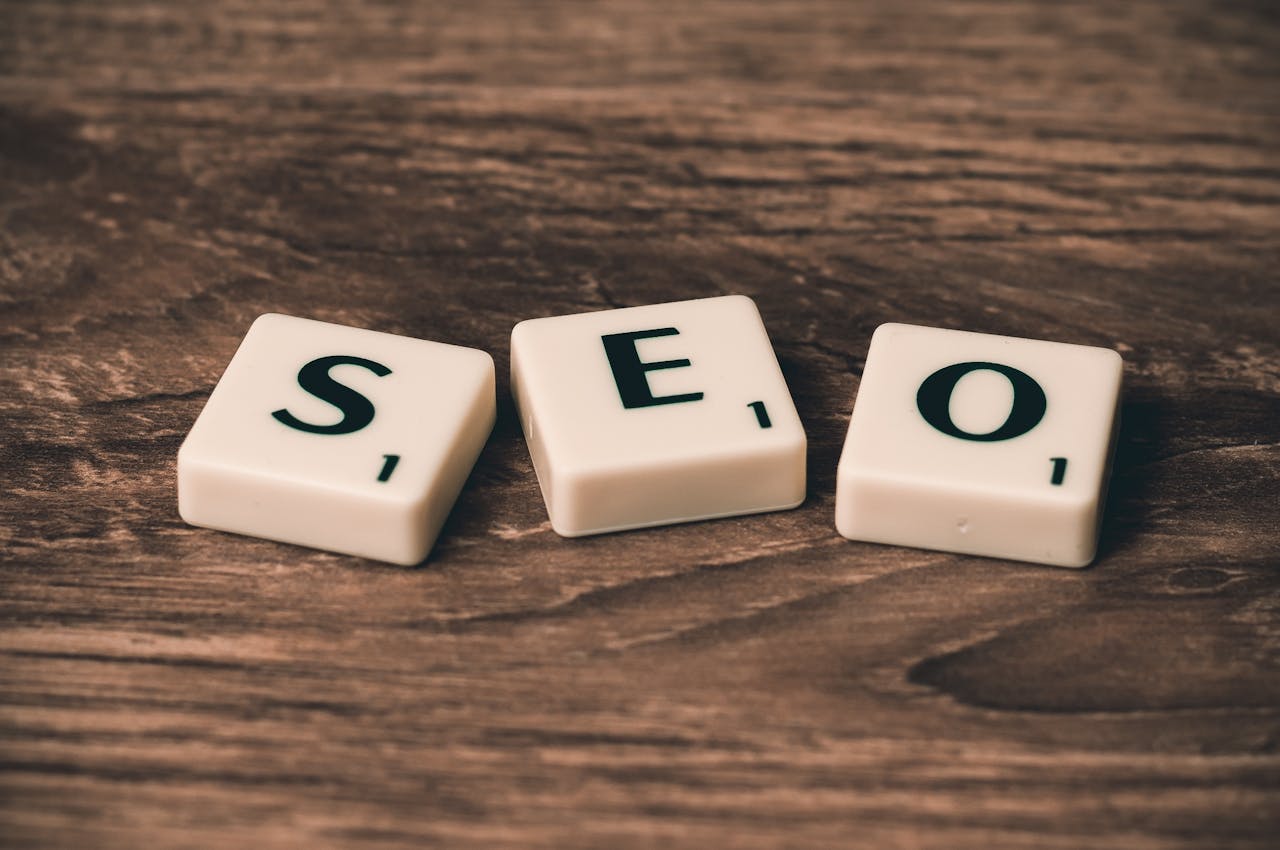This is the complete guide to SEO for beginners.
Below is everything you’ll need to understand what SEO is, why it’s important, the different types of SEO, strategies for SEO success, and a list of tools that you can use to make SEO quicker and easier than ever before.
Let’s break it down.
What is SEO?
1. Definition of SEO
SEO stands for Search Engine Optimisation and is the process of optimising your website to increase its visibility on search engines like Google, Bing, and Yahoo. When people search for products, services, or information, your goal is to appear at the top of the search results, leading to more clicks, traffic, and ultimately, business.
2. How Search Engines Work
Search engines use bots to crawl web pages, gathering information and adding it to an index. When a user searches for something, algorithms process this index and rank websites based on hundreds of factors, such as relevance, user experience, and authority. Understanding these ranking factors is key to succeeding with SEO.
3. Types of SEO
There are three primary types of SEO:
On-page SEO: Focuses on optimising elements on your website like content, keywords, and meta tags.
Off-page SEO: Involves activities outside of your website, such as backlink building and social media marketing.
Technical SEO: Ensures that your website is structured in a way that search engines can easily crawl and index it, covering aspects like site speed, mobile optimisation, and security.
Why SEO is Important for Success
1. Free Traffic
SEO drives traffic to your website organically, this means that viewers are finding your content naturally rather than through paid ads, so it is absolutely free. While SEO requires initial effort upfront, the return on investment is long-lasting compared to paid marketing.
2. Long-term Strategy
In comparison to pay-per-click (PPC) advertising, which halts traffic the moment you stop paying, the effects of a solid SEO framework continues for months or even years after you have implemented it. Once you’ve established authority, it’s much easier to maintain rankings and keep seeing visitors funnel through to your site without having to lift a finger.
3. Building Trust and Credibility
Websites that rank high on search engines tend to be trusted by users. SEO helps you build credibility through high-quality content, relevant backlinks, and an overall positive user experience.
4. Enhancing User Experience
SEO and user experience go hand in hand; search engines give preferential treatment to websites that provide value to users, are easy to navigate, and have fast loading times. By optimising your site for SEO, you’re in turn creating a much better experience for your visitors.

How to Succeed with SEO
1. Keyword Research
Keywords are the foundation of SEO. Make sure to conduct in-depth research to find keywords relevant to your industry using tools like Google Keyword Planner, SEMrush, and Ahrefs. Ensure that you target short-tail keywords (e.g., “SEO strategy”) as well as long-tail keywords (e.g., “best SEO strategy for small businesses”) to capture more traffic.
2. Optimising On-page Elements
To rank higher, your content needs to be optimised. Here are the essentials:
Content Quality: Write informative, engaging, and keyword-rich content that answers the your target audience’s question.
Meta Tags: Use relevant keywords in your title tags and meta descriptions to improve visibility in search results.
Headers and URL Structure: Organise content with header tags (H1, H2, etc.) and ensure your URLs are concise and descriptive.
Image Optimisation: Compress image files for faster load times and use alt text to describe images to search engines.
3. Building High-quality Backlinks
Backlinks, or links from other websites pointing to yours, are a key part of SEO. The more high-quality backlinks you have, the higher up your site will appear. To earn backlinks, try guest blogging, networking with industry leaders, and creating shareable content like infographics and guides.
4. Mobile Optimisation
With more than half of all web traffic coming from mobile devices, Google now prioritises mobile-friendly websites. Make sure that your site is responsive, with easy navigation and fast load times on mobile devices.
5. Improving Site Speed
A slow website can damage user experience as well as your SEO rankings. Use tools like Google PageSpeed Insights to evaluate your website’s performance and take steps to reduce load times by compressing images and minimising code.
6. Technical SEO Best Practices
Technical SEO is about making sure search engines can easily crawl and index your site. Here’s what to focus on:
Create an XML Sitemap: This helps search engines navigate your website.
Use Structured Data: Implement schema markup to help search engines understand your content and to display rich snippets in search results.
Fix Broken Links: Regularly check your site for broken links and fix them to maintain a good user experience.
7. Monitoring and Analytics
SEO success is not a one-time effort. Use tools like Google Analytics and Google Search Console to monitor your site’s performance. Track keyword rankings, traffic, and bounce rates, and adjust your strategy based on the data.
SEO Tools to Help You to Succeed
Success in SEO can be much easier with the right tools. Below is a list of industry leading SEO tools for you to take a look at:
SEMrush: For keyword research, backlink analysis, and site audits.
Ahrefs: Great for competitor analysis, backlinks, and keyword tracking.
Google Search Console: Provides insights into how your website is performing on Google and highlights potential issues.
Yoast SEO: A WordPress plugin that helps optimise your site for on-page SEO factors.
Receive a free SEO audit from In Studio Digital by entering your email here.
Conclusion
SEO is a powerful tool that can unlock massive amounts of traffic and help you dominate your industry online. Although it requires patience and strategy, mastering SEO is worth the investment. By focusing on keyword research, optimising your pages, building quality backlinks, and regularly monitoring your performance, you’ll be on your way to ranking higher and driving organic traffic to your website.



